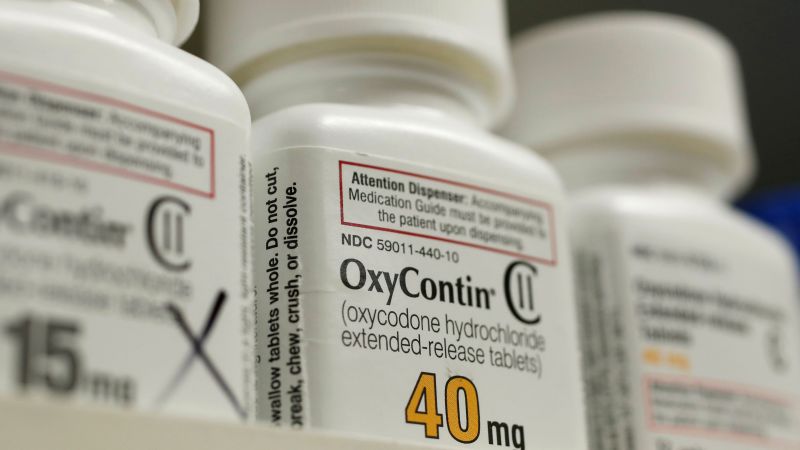In a significant ruling, the Supreme Court rejected a contentious settlement that would have sent billions of dollars to treatment programs and victims of the country’s opioid epidemic while shielding the Sackler family from future lawsuits. Justice Neil Gorsuch penned the opinion for a 5-4 majority, stating, “The Sacklers seek greater relief than a bankruptcy discharge normally affords.” Justice Brett Kavanaugh dissented, warning of a “devastating” impact on victims of the opioid crisis.
The Sackler family made their fortune selling prescription opioids, primarily OxyContin, which has been linked to hundreds of thousands of deaths from opioid overdoses. The proposed settlement would have seen the Sacklers pay $6 billion to families and states, but would have protected them from future liability claims.
While the majority of known opioid victims and their families supported the agreement, the Justice Department argued that it was unfair to potential future victims. The Supreme Court’s decision could potentially unravel Purdue Pharma’s reorganization plan, forcing the Sacklers to negotiate better terms and increasing their legal exposure.
Purdue Pharma stated that they would continue to work towards a resolution that delivers value for opioid abatement and victim compensation. The families of Mortimer and Raymond Sackler expressed disappointment in the ruling, emphasizing the need for a negotiated agreement to provide resources for those affected by the opioid crisis.
The bankruptcy case drew controversy and opposition from the US Trustee, who raised concerns about barring individual victims from pursuing their own lawsuits against the Sackler family. Under the proposed agreement, Purdue Pharma would dissolve and a new company, Knoa Pharma, would be established to distribute addiction treatments and continue producing opioids.
The Supreme Court’s decision highlights the complexity and ongoing challenges posed by the opioid epidemic, as well as the legal and ethical questions surrounding liability in cases involving powerful pharmaceutical companies.











